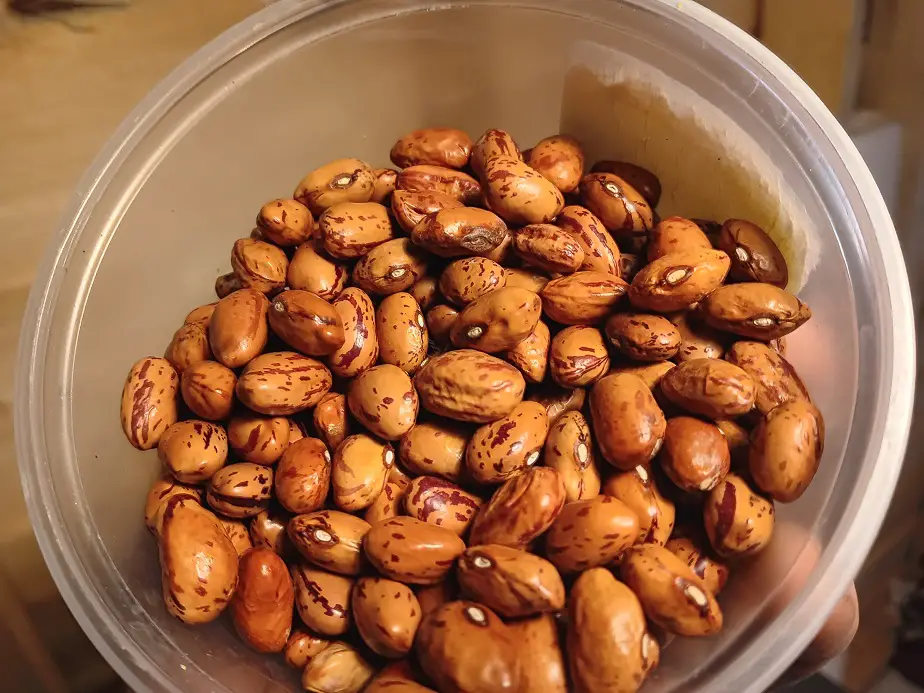Understanding protein for chickens is an important part of flock maintenance. Sometimes they need different proteins.
Common Bean
Common bean, like pinto and black bean, are a great protein supplement for chickens. Most beans are about 25 percent protein and 40 percent starch. chicken feed is usually 16 or 18 percent protein so adding dry beans will increase the protein of their diet.
Adding 5 pounds of beans to 100 pounds of 16% protein feed feed will increase the protein to 17 percent. Adding 5 pounds to 50 pounds of feed (the most you should do) will increase a 16 percent feed to 18 percent protein.
There is some concern in the commercial world about tannic acid in beans causing nutrition issues. That’s a concern if you’re using them as a primary protein ingredient, but at up to 10 percent inclusion rates, adding beans is an effective practice to increase the protein in chicken feed.
This is the sort of thing you could do once in a while, just to help your birds gain their strength after winter, when the laying season is coming back. Cooking, roasting, or fermenting dry beans makes them easier to digest and more nutritious to chickens. I use fermented beans as the primary protein in some of our chicken feed blends.
You can also increase the protein if feed by fermenting it. Read about it in this article:
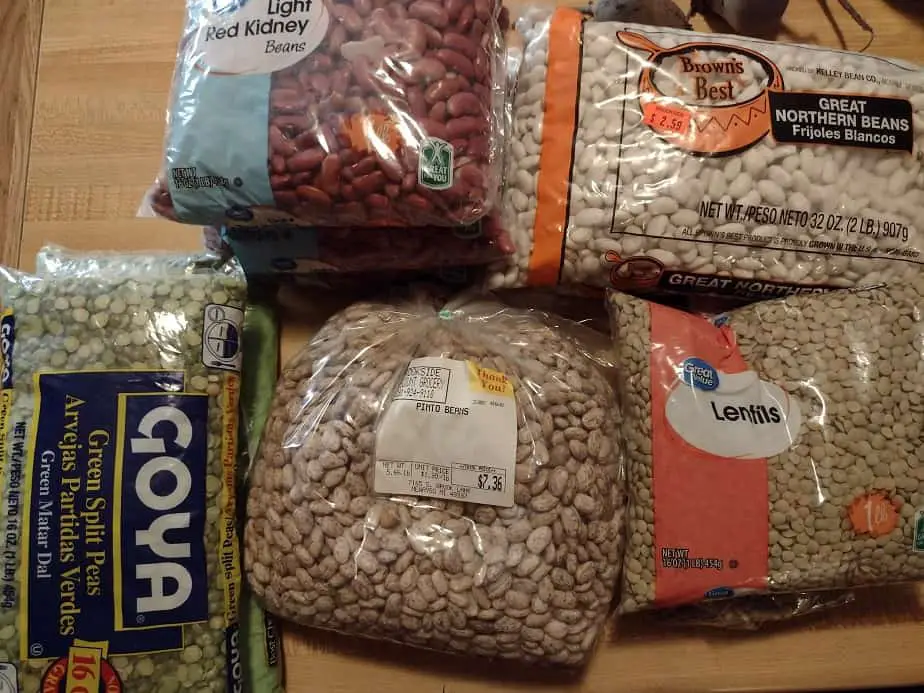
Pea
Peas are a good protein source for chickens. They are used in soy-free feeds and as a protein boost for poultry. They are about 24 percent protein and 50 percent starch, making peas a fine feed ingredient.
In general, adding 5 percent peas will increase the protein percentage by 1. The addition of 10 percent peas will raise the protein percentage by about 2. Peas are more digestible than most beans, by a little. They are also a more manageable size for chickens. Peas are a common ingredient in high-quality organic feeds
Lentil
You can add protein to a poultry diet by supplementing it with lentils. Lentils have about 28 percent protein and 45 percent starch. Add 5 percent by weight for a protein content increase of 1 percent. Lentils are higher in lysine than most beans and peas, making them a fine supplement for laying hens and growing chickens.
The feed mill near us sells a layer feed made with lentils as the only protein concentrate. They’re grown by an Amish man north of town. Few farmers would consider growing them for feed these days. It’s not popular. I wish it were more popular, it’s really a great option. They’re mostly used in organic feed.
Learn more about organic chicken feed in this article:
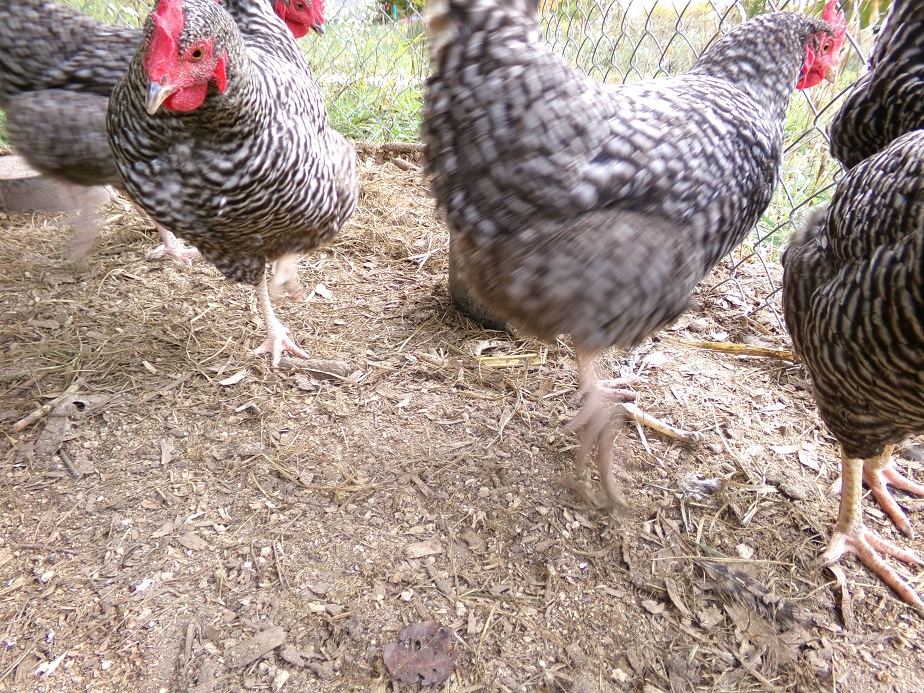
Black Soldier Fly Larvae
Black soldier fly larva is an amazing protein supplement for chickens and can be used as the main protein ingredient in chicken feed. Being a grub, they are about 50 percent protein and 40 percent fat. They are both a protein and energy concentrate for chicken feed.
Adding about 2-1/2 pounds of Black Soldier Fly larvae to 50 pounds of feed will increase the feed protein percentage by about 2. They are incredibly digestible and Chickens love them.
They are expensive unless you produce them yourself. I know of one farmer in Canada who raises them as a protein supplement for pigs. It’s really quite interesting.
Mealworms
Mealworms are a viable source of concentrated protein for chickens. They’re about 50 percent protein and 35 percent fat. 2-1/2 pounds of mealworms in 50 pounds of feed will increase the protein percentage in feed by 2.
If you wanted to bring a 16 percent feed up to 20 percent, adding 5 pounds of dried mealworms to 50 pounds of feed would do it. That’s the most I’d add because you start to water down the mineral and vitamin content. They are the most readily available commercially produced protein concentrate for poultry feed
I know a lot of people are raising mealworms indoors and feeding them kitchen scraps and the like, but my wife won’t permit such actions in our little trailer house.

Earthworms
Earthworms are a natural protein concentrate for chickens. They are about 60 percent protein and very high in lysine. They are incredibly digestible and are very beneficial to a poultry diet. They can be purchased, farmed, or wild-harvested. All types of earthworms are good for chickens.
Earthworms are the most concentrated source of protein I know of. Farm-raised worms tend to be lower in protein. Wild worms, gosh that sounds a bit silly so say, have tested as high as 74 percent protein. That’s higher than any other bug, critter or seed I’ve heard of.
For a good round number, let’s stick with 60 percent. At that rate, I could use 2 pounds of dried worms to a 50-pound bag of feed and the protein percentage would be about 2-1/2 higher. If you figure laying hens to eat about 5 ounces of feed a day, that’d be 1/4 ounce of dried worms for an extra 2-1/2 percent protein content.
When we need a little more protein for our chickens, I ask my kids to go out and dig some worms. Of course, there’ll be a fishing trip afterwards too!
Meat Scraps
Meat scraps and bones with meat scraps are a great way to add extra protein to a small poultry flock. Meat is usually around 65 percent protein by dry weight. You could easily use meaty table scraps to boost a flock’s protein during the molting season or to improve their egg laying productivity.
I know that in some areas there are a lot of rules and fears over feeding kitchen waste. I call that government overreach and completely unethical to regulate. I will continue to feed kitchen waste to our pigs and poultry because it’s a proven safe and effective way to reduce our feed impact.
An ethical man is not ethical because of government, but in spite of it. It’s in his life choices, not outside regulation.
Alfalfa
Dried alfalfa is 18% to 20% protein and useful as a poultry feed protein ingredient. It’s low in lysine, so it should be used in small amounts but it may be used more during molting. Alfalfa contains all the amino acids required for feather growth, and it’s rich in trace minerals needed by chickens.
Alfalfa has more of a place within chicken feed than people realize. Yes, it’s lower in lysine; about half of a percent. I usually like my chicken feed to be about 1 percent lysine. But, during the molting season and in general, in the winter, the don’t need that much lysine.
During molting, they need other amino acids more. It just so happens that Alfalfa has just about what they need. Plus, it adds chlorophyll, beneficial fiber, and compounds that help chickens regulate their hormones. It even boosts their gut-health.
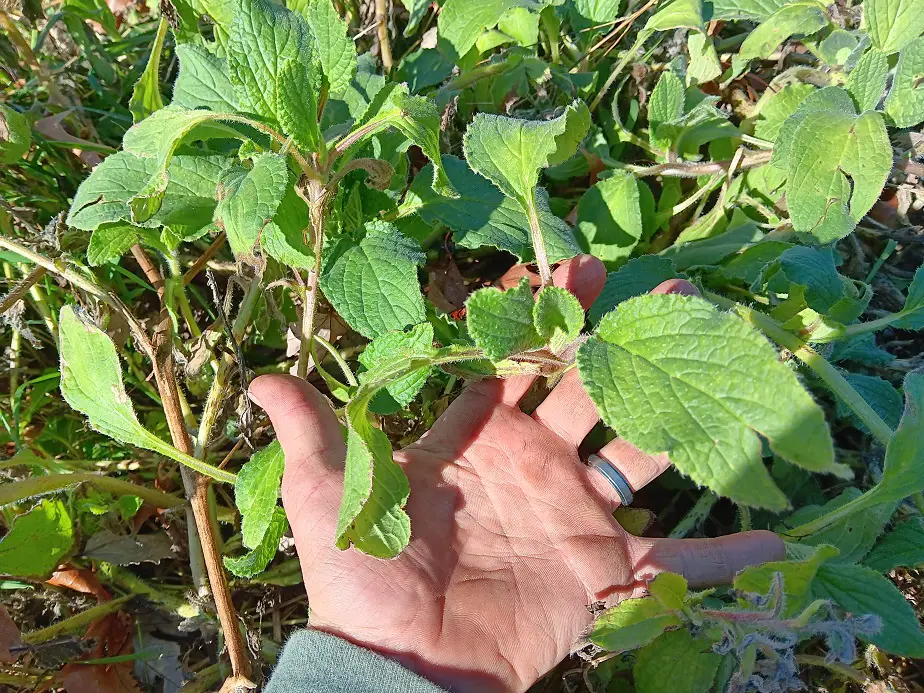
Comfrey
Comfrey is almost not a protein concentrate. It’s usually 16 to 18 percent and fairly low in lysine. However, it’s still on average more protein-rich than chicken feed, and it has dozens of beneficial compounds in it. Comfrey is used to stimulate digestion, increase mineral uptake, and to improve bone structure.
I grow two varieties of comfrey as a fed supplement. It’s so very beneficial even in small amounts. It improves egg quality, boosts the immune system, and heps the gut rid itself of Salmonella. Chickens can actually handle more comfrey than most other green plants.
It’s another one that I especially like during the molting season. Adding comfrey to feed helps deal with the stress of winter and feather re-growth.
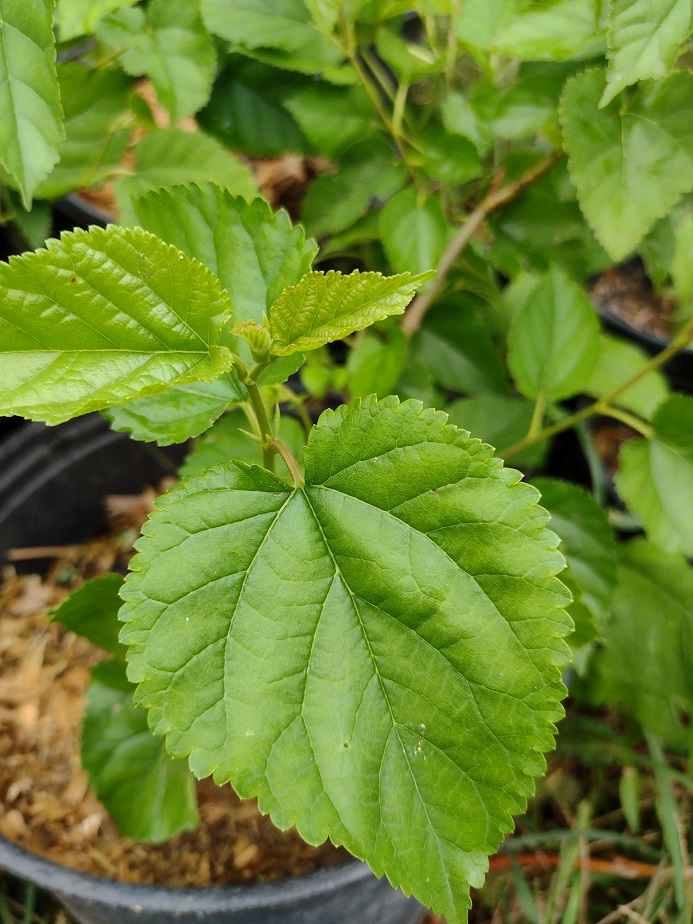
White Mulberry Leaves
White mulberry leaves are a good protein supplement for chickens. They average 25 percent protein and approximately 1/2 percent lysine. They are surprisingly digestible and have a measurable effect on improving nutrient uptake in the gut. They are very high in antioxidants, and essential minerals for poultry.
This is one of the lesser-known feed additives. White mulberry was developed an estimated 2,000 years ago in China and has been selected and propagated for a higher protein content and higher levels of digestable energy as a feed crop. It’s definitely something I won’t be without.
I grow coppiced white mulberry and harvest the leaves as an ingredient in my feed supplements. All our livestock benefit from that crop.
Related Articles:

